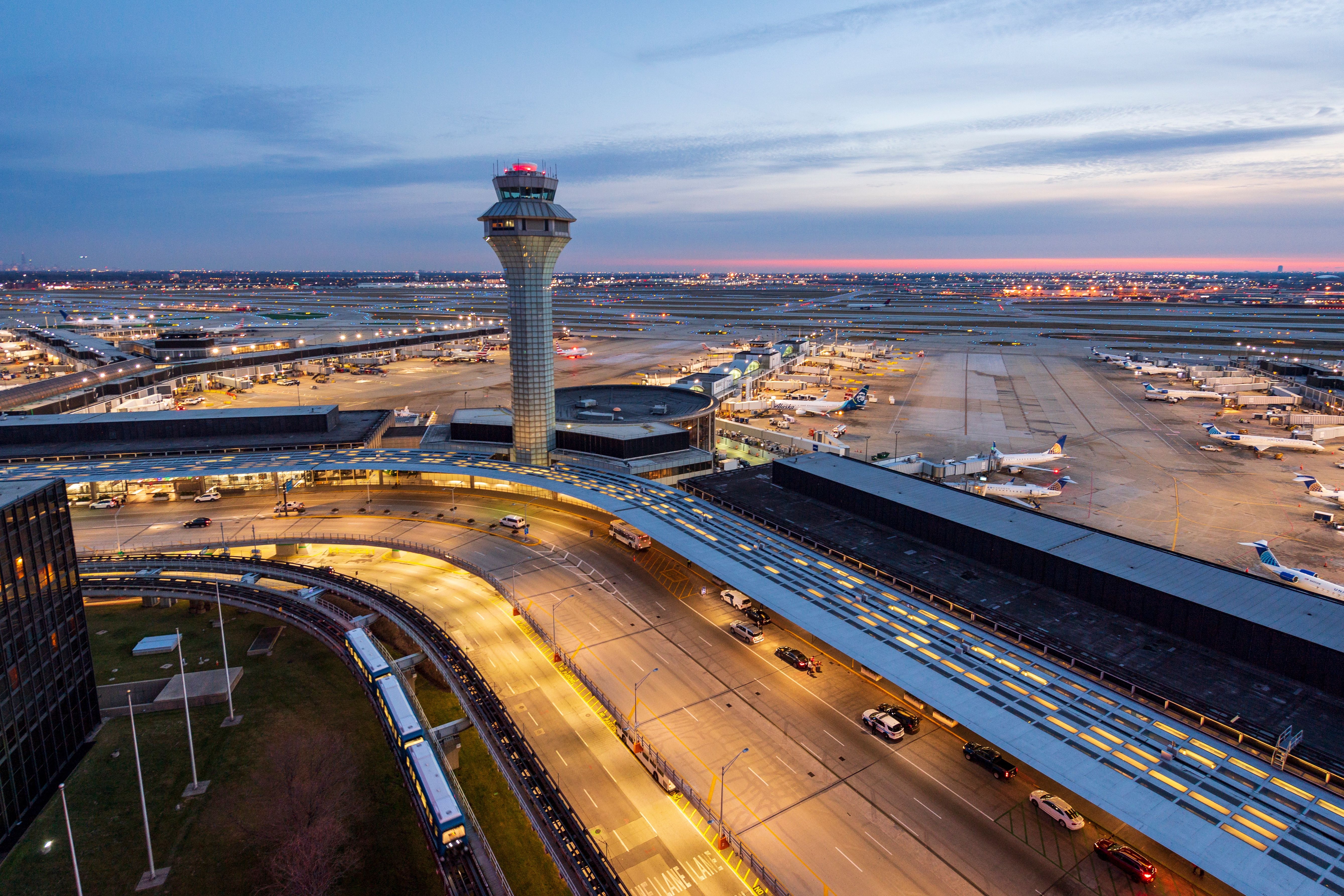(ORD) is a unique place and worthy of some special attention. As one of the country's busiest air hubs, O'Hare also has a whopping eight runways, the most of any airport in the country. Given the sheer scale and complexity of the airport, there are unique procedures in place to ensure it handles traffic efficiently.
So much is distinctive about how pilots must operate into, out of, and on the field at O'Hare. This article will focus on the experiences of arriving and departing, with an emphasis on at one of the world's busiest airports. Most large airports have arrival procedures that descend and slow planes linearly.

The idea underlying these arrivals is to efficiently on a constant descent without significant periods of level-off. In somewhat contrarian fashion, Chicago has arrivals that drop planes off many miles from O'Hare airport at 10,000 feet. No speeds are assigned on the procedures for Chicago, and who have been to Chicago a few times know that the assigned speed given by approach controllers is 300 knots almost every time.
Flying 300 knots at 10,000 feet while still 50 or so miles from touchdown is unusual. Airliners tend to be a bit higher when 50 miles from the airport, but Chicago's methodology is to descend arrivals early so that departures from O'Hare and Midway can quickly climb above them before accelerating away from the terminal area. As a passenger flying into Chicago, you might feel the speed brakes deploy when cleared to descend below 10,000 feet as the.
















